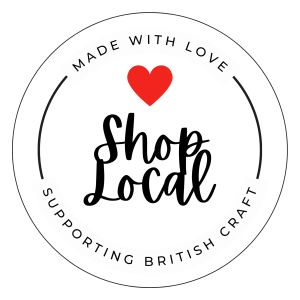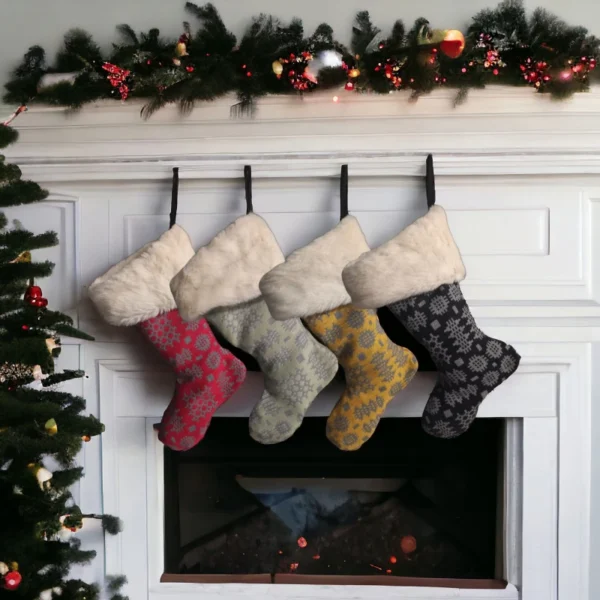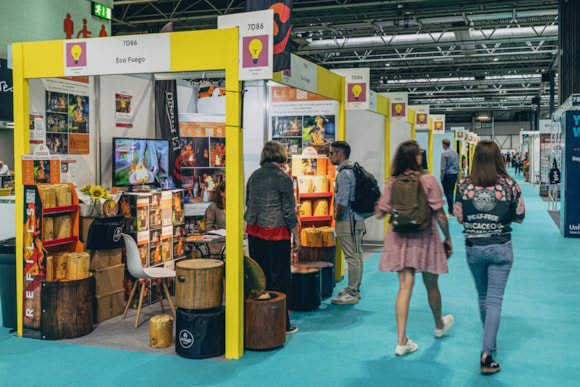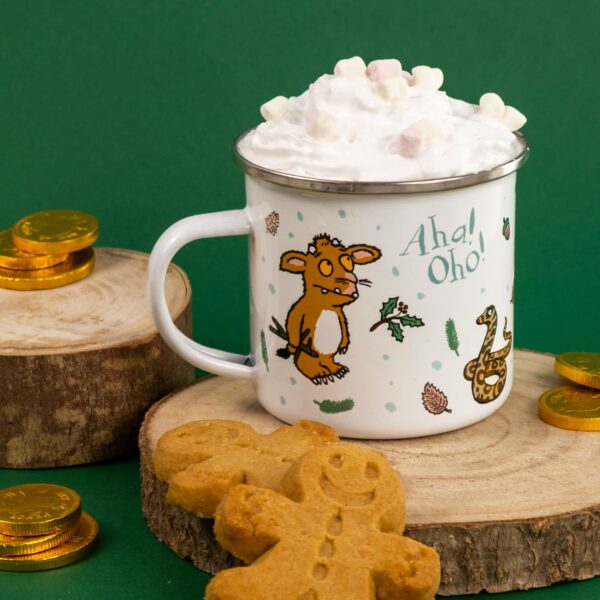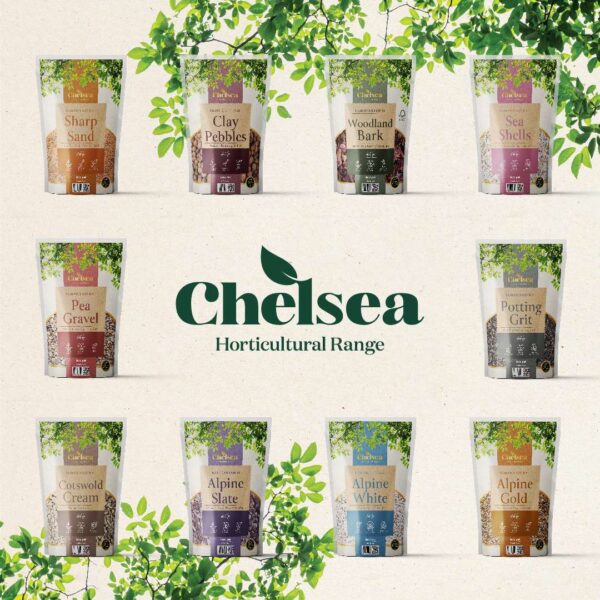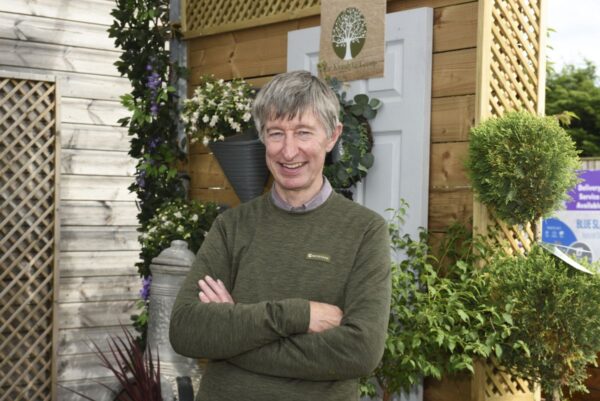The British Retail Consortium (BRC) has released its ‘State of Trade’ analysis for Q2, noting some interesting trends currently shaping the retail scene in Britain. We have just been through the worst performance for retail sales since before the pandemic. Essential food sales are holding up whereas non-food – often discretionary expenditure – has been slowing down significantly as consumers tighten their belts. Online has fallen more than store sales, probably as a result of much higher sales in the same period last year:
+2.2% Food
-3.3% Non-Food
+2.2% Store Non-food
-10.3% Online Non-food
Within the non-food market homewares suffering the largest declines (especially furniture and household appliances), but fashion outperforming expectations. Fashion’s resurgence was primarily driven by the return of the wedding season following its two-year hiatus, which boosted formalwear sales considerably. However, casualwear also performed admirably as holiday bookings increased.
Shop prices increases are below the general level of inflation and indicative of how retailers are doing their best to keep inflation at bay:
+4.5% Food
+2.0% Non-Food
Food prices have experienced the steepest rise in Q2, with price inflation accelerating consistently over the course of the quarter. The Russian invasion of Ukraine in March significantly constrained the supply of cereals and sunflower oil, in particular, which has naturally driven up prices for these key ingredients on a wide variety of everyday food products.
Non-Food price inflation eased slightly over the course of the quarter but remained in significantly positive territory throughout. Within the category, furniture saw the highest rate of inflation as logistics capabilities were severely hampered on goods coming from the far east, due to China’s zero-Covid policy that shut down manufacturing plants and ports in key cities. Clothing & Footwear was the only segment to see prices fall within Non-Food, as retailers were enticing consumers back to stores with significant discounts. A further breakdown of the shop price inflation is below:
Non-Food 2.0%
Furniture & Flooring 5.1%
Other Non-Food 3.2%
Books, Stationery & Home Entertainment 3.1% DIY
Gardening & Hardware 2.9%
Health & Beauty 2.0%
Electricals 0.1%
Clothing & Footwear -3.5%
Finally, we look at footfall statistics:
Footfall has been measured against the 2019 (pre-pandemic) levels and we are still behind those levels. Bira believes it is unlikely we shall see a return to pre-pandemic levels any time soon. Despite being lower than 2019, these figures show a continued improvement in footfall and there was evidence that more consumers were shopping around, visiting more shops in order to find the best value before making a purchase. The figures do not include the recent strike activity on the railways, or the recent extreme heatwave, which will have had a negative impact on footfall in city centres, commuter centres and other locations which rely on commuters.
There is still evidence that local high streets are performing better than the city centres and this is generally good news for the independent retailer.
-7.0% Retail Parks
-14.8% High Streets
-25.9% Shopping Centres
Andrew Goodacre, Bira CEO, commented; “These figures confirm what many of us in retail already knew – consumers have started to spend less money since April and the rises in the energy bills. The weekend papers were full of much higher prices for energy in the winter, so we can expect a very difficult trading period for large and small retailers. I am pleased to see clothing retailers doing better as these businesses really suffered during the pandemic. I would urge all indie retailers to continue to work hard on engaging with their shoppers and connecting with their customers through the power of social media, diverse product ranges and top-quality service. We can also see consumers are looking for value in their purchases, and adding value in some way (not necessarily just reducing the price) is crucial.”




